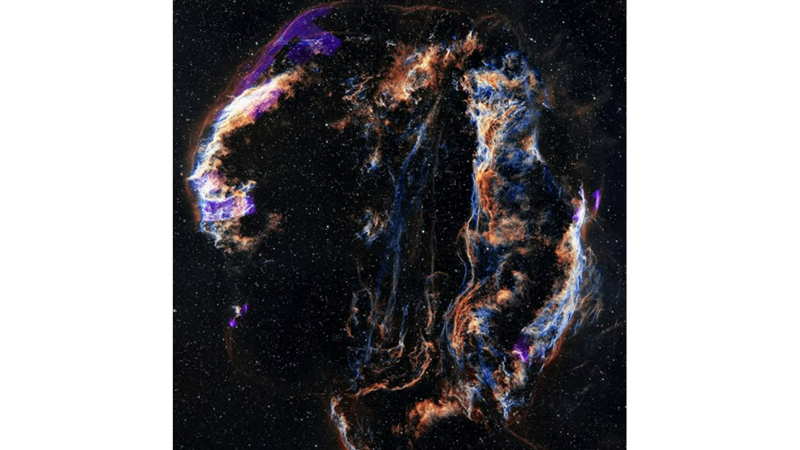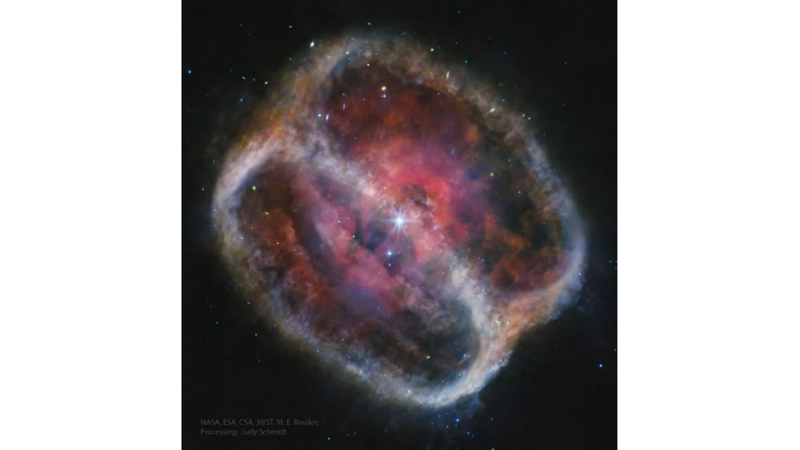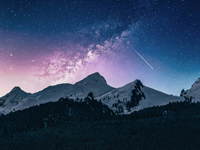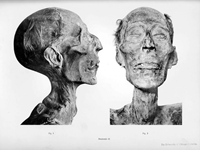Planetary Nebula NGC 1514What happens when a star reaches the end of its life - when it runs out of nuclear fuel? For medium-sized stars like the Sun, the end is quite spectacular. The interior of the star collapses in on itself into a dense and hot white dwarf, while its outer layers float out into space. These clouds of gas and dust form what we call “planetary nebulae”.
This planetary nebula, NGC 1514, is the final scene of one such star. At first glance, it looks like giant bubbles scattered around in visible light images, but a detailed infrared image taken by the James Webb Space Telescope changes the picture. This new image shows that the nebula is actually cylindrical, even hourglass-like.
Even more interesting, when you zoom in on the center of this nebula, you realize that there is not just one star, but a bright binary system of two stars close together. The more scientists observe such systems, the more they can understand how these double stars together form such impressive structures. Each observation provides a little more clue as to how this cosmic work of art came to be.
April 15, 2025 Astronomy Photo of the Day (NASA APOD)
Image Source: NASA, ESA, CSA, M. E. Ressler (JPL) et al.; Processing by Judy Schmidt
Doesn't it look like half an apple?


 Nielawore
Nielawore










Yorum yazmak için lütfen giriş yapınız